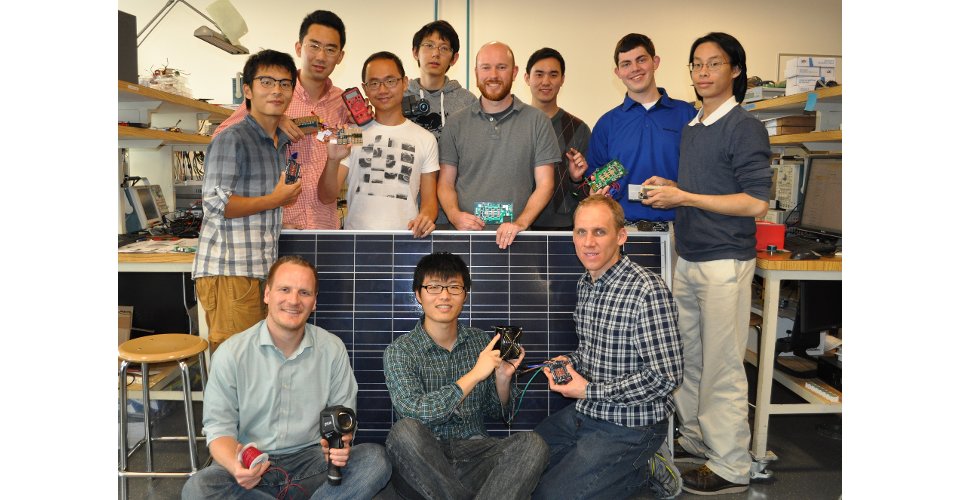Our research group participated in the Google/IEEE Little Box Challenge, where the goal was to develop the highest power density solution for a 2 kW, 450 VDC to 240 VAC, 60 Hz inverter, with strict voltage and current ripple requirements, as well as thermal and electromagnetic interference (EMI) specifications. We approached this competition from a research direction, aiming to develop radical new concepts, which would move the field of power electronics forward. While we did not succeed in winning the overall prize (it turns out that along with most other finalists, our inverter did not survive the challenging testing at NREL), we did succeed in demonstrating how new circuit architectures and control methods could yield greatly improved performance in the area of power electronics. To date (2016), our experimentally measured power density of 216 W/in^3 (the competition winner achieved 143 W/in^3, with a very professional and robust design) is the highest experimentally verified result by any group, and our approach has generated a lot of exciting follow-on research, both by our own group and others.
It is our intention to share our approach and experience on this page, so that the broader community can benefit from our efforts. As an academic research group, we hope to stimulate new ideas and share our results as widely as possible. As time permits, we will add material to this page, so please check back again at a later time.
IEEE/PELS Webinar
We presented an overview of our approach in the IEEE/PELS webinar:
By popular request, the slides from this event are posted here:
Pilawa_PELS_webinar_may_25_2016_FINAL
